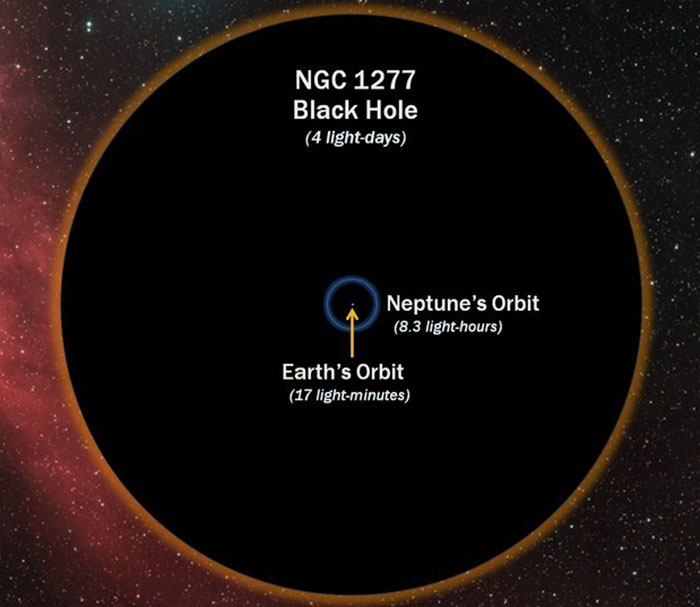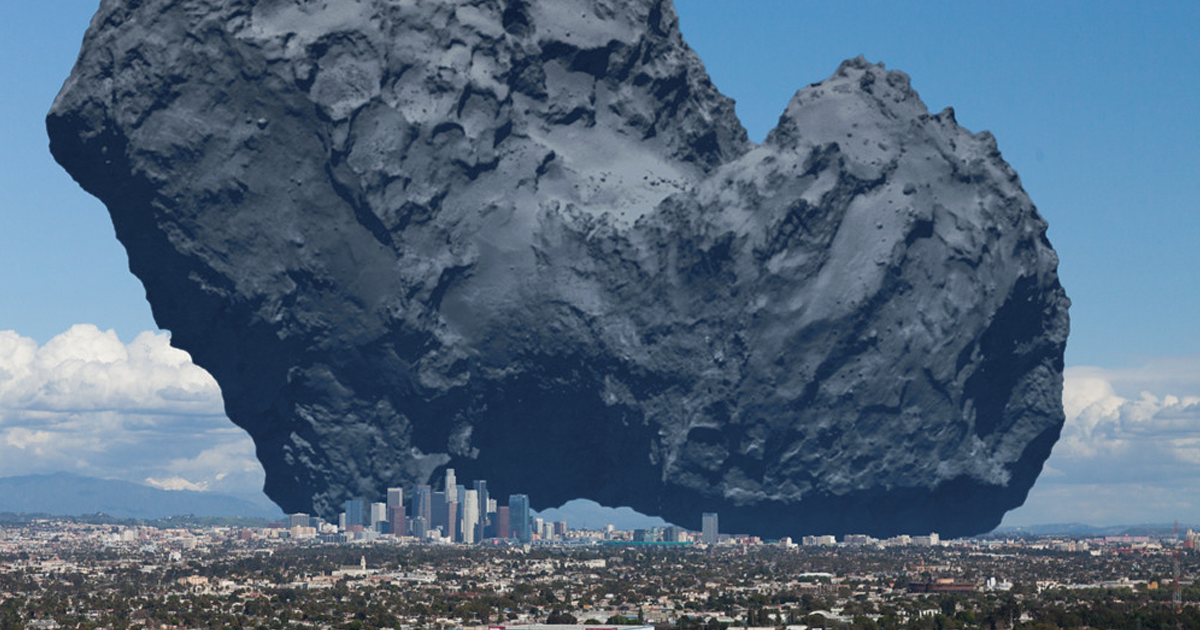We have so much on our plate that sometimes how insignificant these things are when we put them against the whole universe. For some people, it may be comforting after knowing that losing a job, abandoning a relationship or a fight with someone is just a fraction of things happening around in the universe. But for others, it may be terrifying as hell.
There’s so much to see apart from what’s cooking on our little green planet.
So we have some pictures of the Earth being compared to other significant things in the universe. Once you see them, you’ll realize that the teensy-weensy problems in your life aren’t worth breaking a sweat over.
This is our little planet, the Earth.
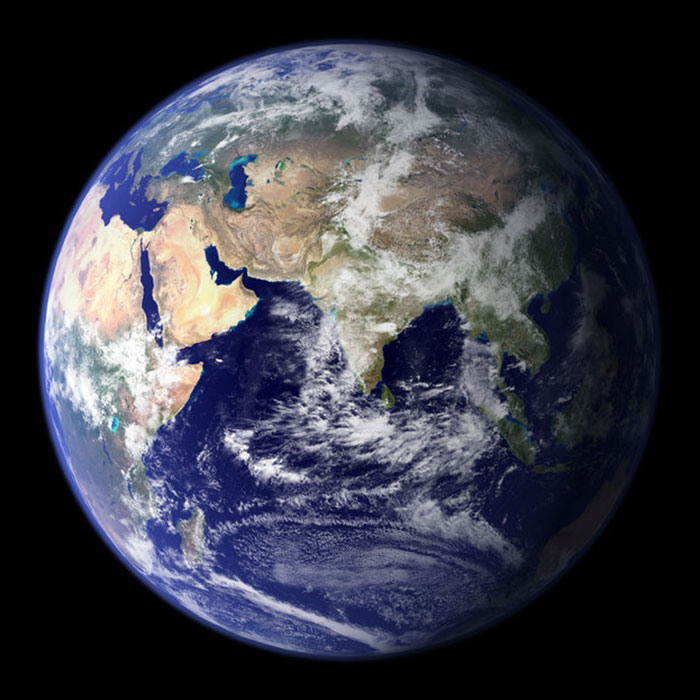
Here it is next to the other 7 planets of the solar system.
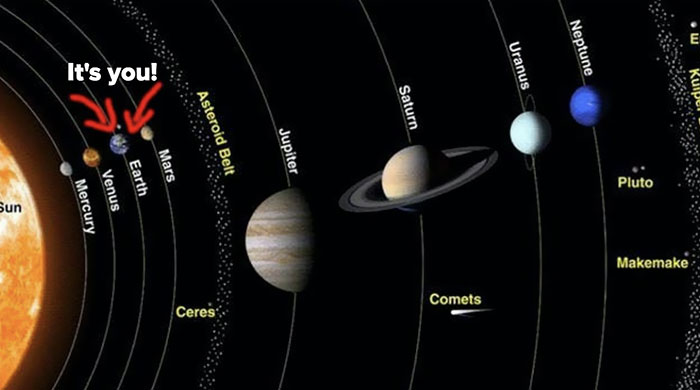
There is so much history to our solar system. If we pay attention, it has a lot of fascinating facts to blow our minds. The solar system is 4.568 billion years old! It consists of a big star, the Sun, 8 planets namely Mercury, Venus, Earth, Mars, Jupiter, Saturn, Uranus, and Neptune, and 3 dwarf planets ( Ceres, Pluto, Eris). And it is filled with moons and asteroids in between.
The system mass of the solar system is 1.0014 solar masses (one solar mass is equal to approximately 2×1030 kg, do the calculations) and the majority of the system’s mass is in the Sun (99,86 %) with the remaining majority contained in Jupiter.
Here’s how far Earth is from the moon – doesn’t seem like that far, right?
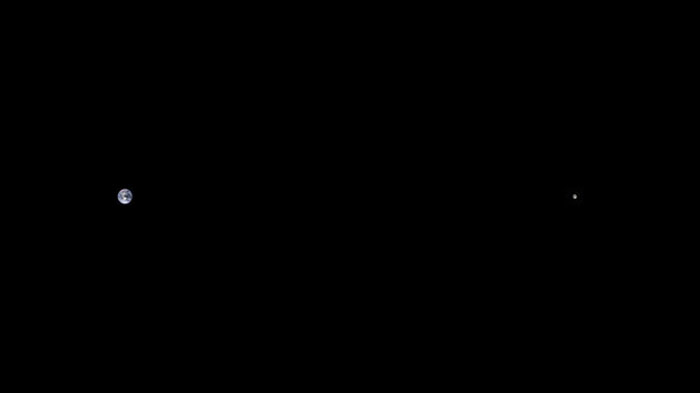
Apparently, you can fit other planets of the solar system within the distance between the Earth and the Moon. Cool, no?
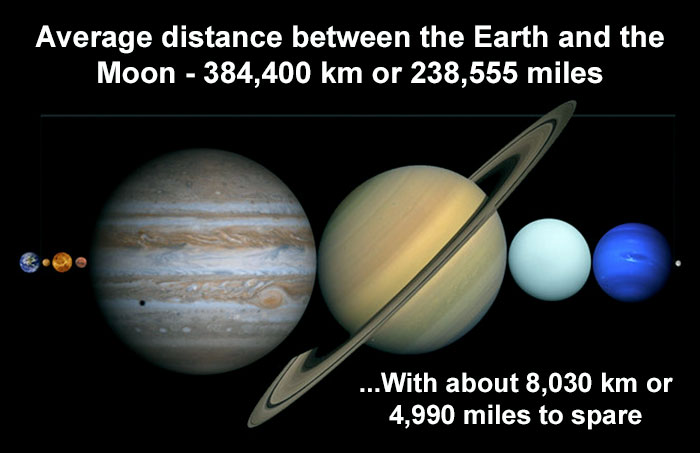
Jupiter is the largest planet in our solar system – here’s how tiny North America looks compared to it
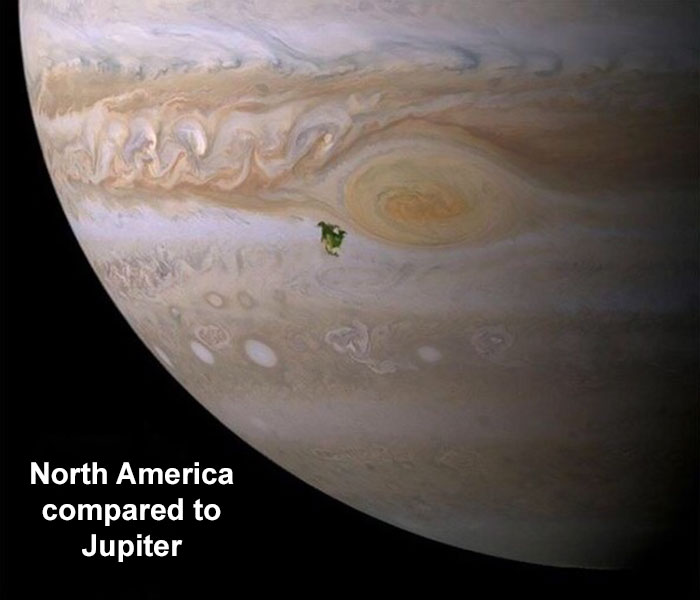
So when we say Jupiter is big, we mean it’s huge. How huge? Let’s compare it in numbers. Earth’s radius is 6371.0 km (3958.8 mi) while Jupiter’s radius is 69,911 km (43,441 mi). Its surface area is 6.1419×1010 km2 (2.3714×1010 sq mi) – that means it’s almost 122 times bigger than Earth!
And then there’s Saturn – here’s how big it is compared to Earth.
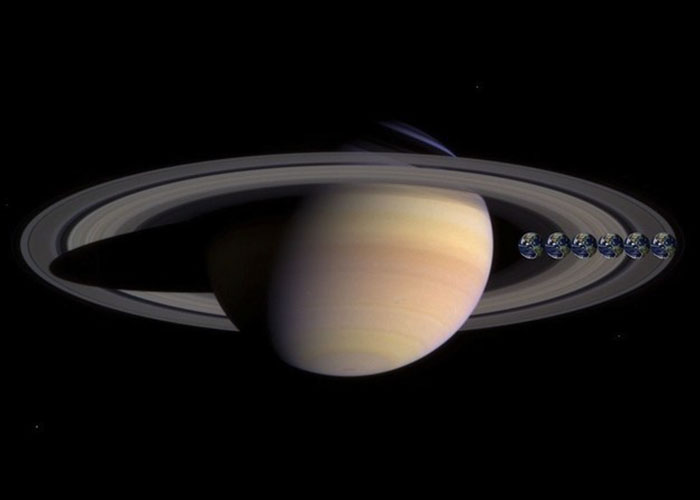
Here’s how Saturn’s rings would look like if they were placed around Earth.
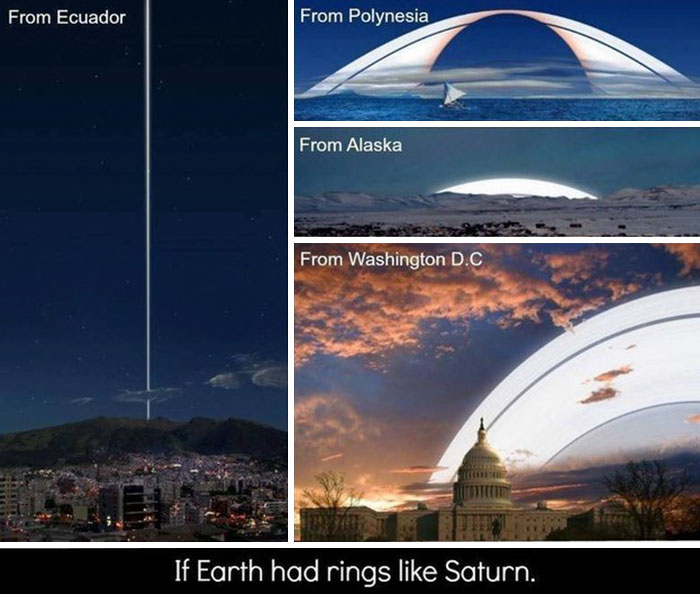
Just in case you thought we forgot about Pluto, here’s how we can see it now vs. how we were able to see it 14 years ago
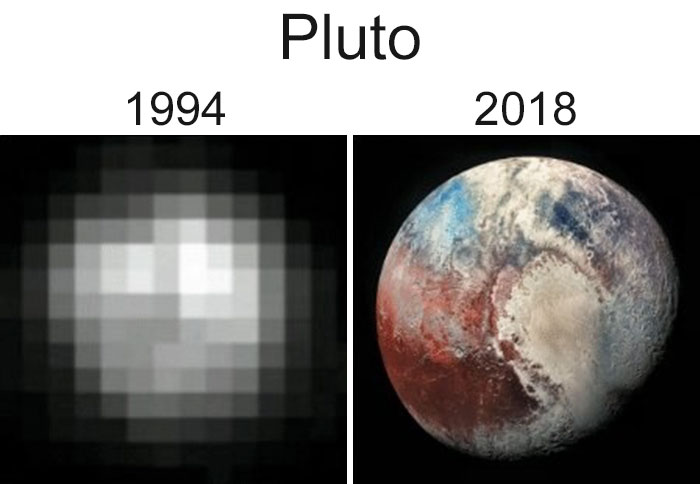
An artist tried to imagine how Rosetta’s Comet (67P/Churyumov–Gerasimenko) would look compared to downtown LA. That’s a big space rock, isn’t it?
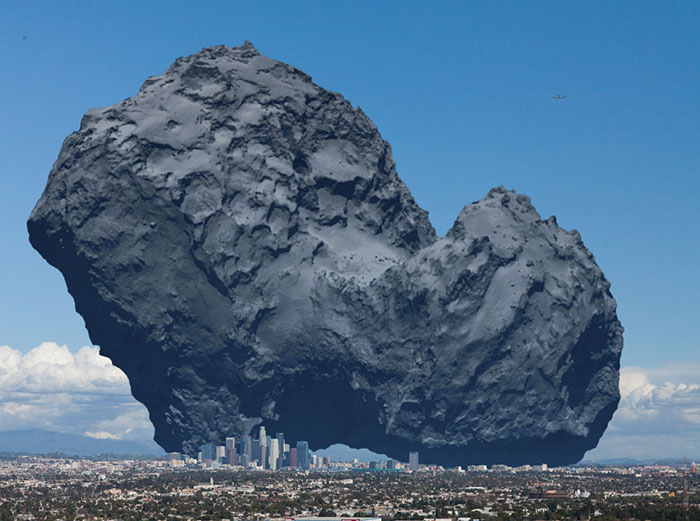
Jupiter is nothing in front of the Sun if compared. Duh!
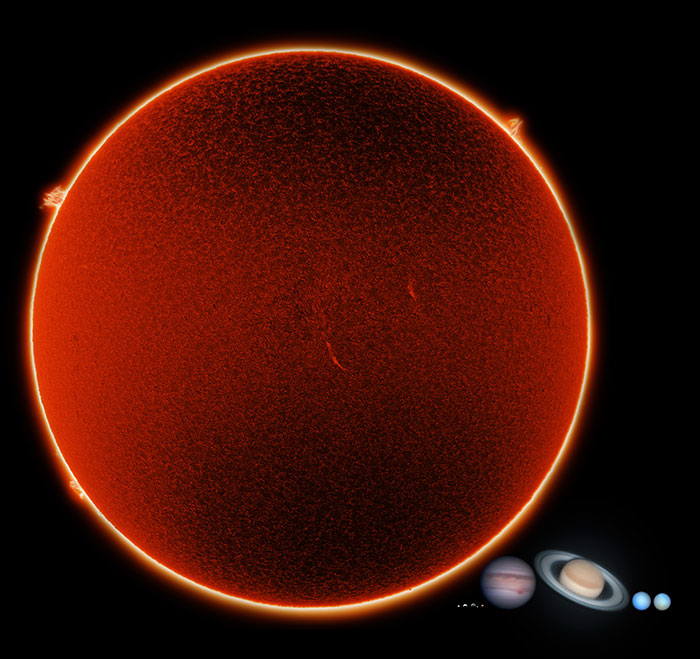
The Sun has a surface area of 6.09×1012 km2 – that’s as big as 12,000 Earths!
Here’s how Earth looks from the surface of the Moon
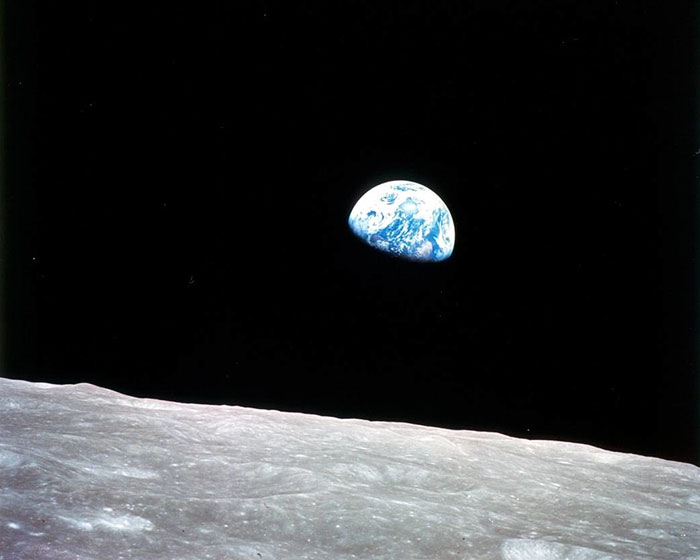
And here’s how it looks from Mars
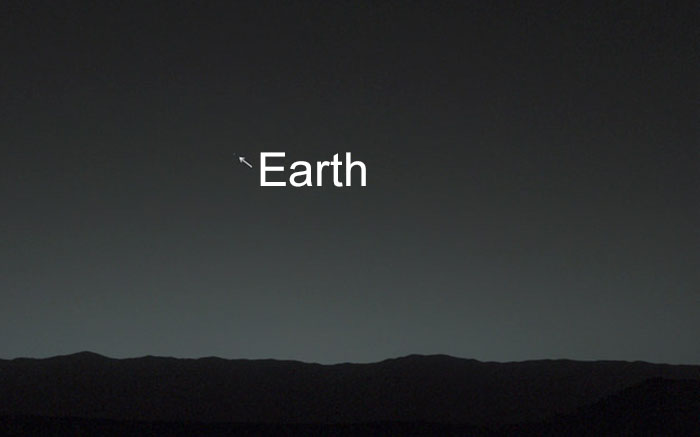
…and from behind Saturn’s rings – looks kind of small, doesn’t it?
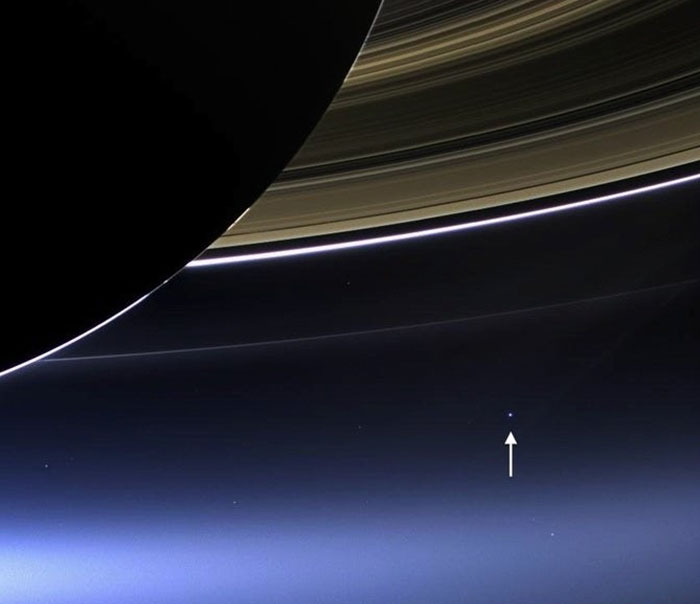
Earth looks no bigger than a grain of salt from 2.9 billion miles away, just beyond Neptune
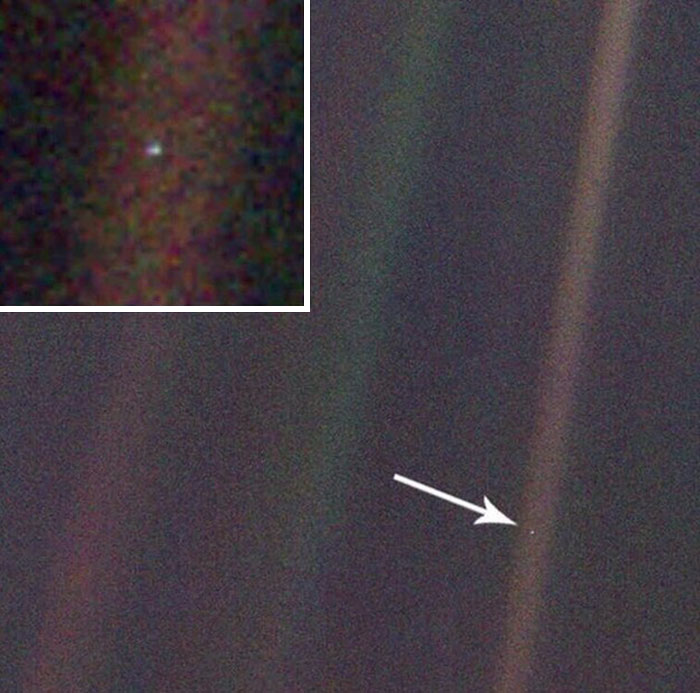
Here’s how Earth looks compared to the Sun
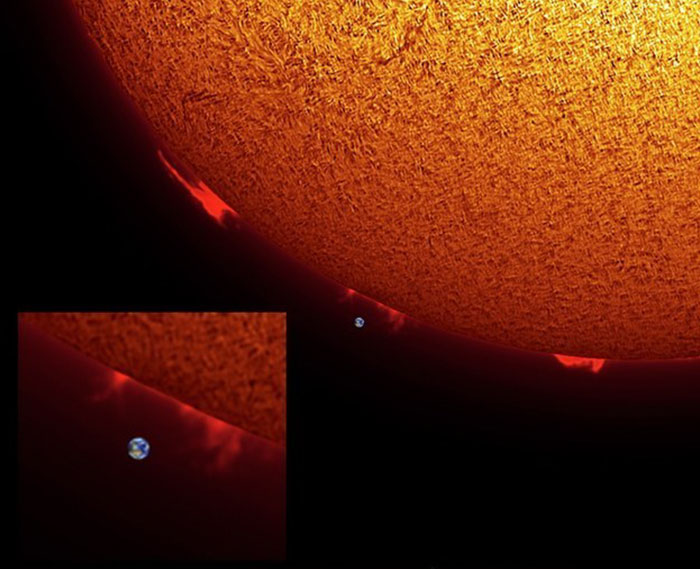
Although it looks like a little speck when seen from the surface of Mars
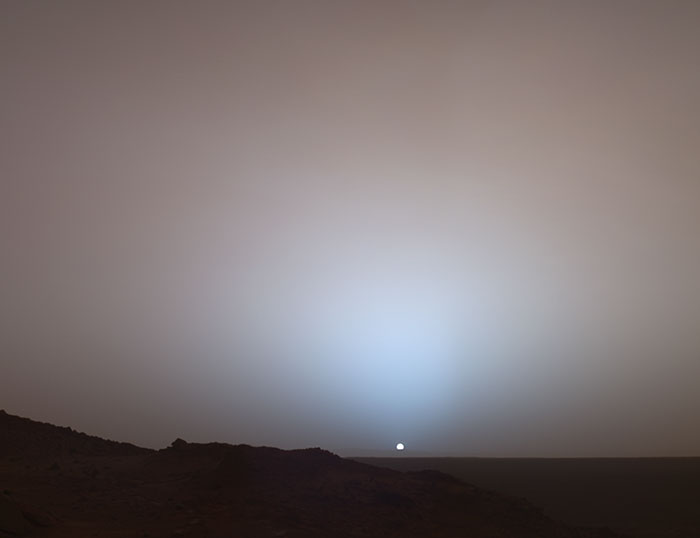
Another fun fact: there are more stars in the universe than there are grains of sand on every beach on Earth
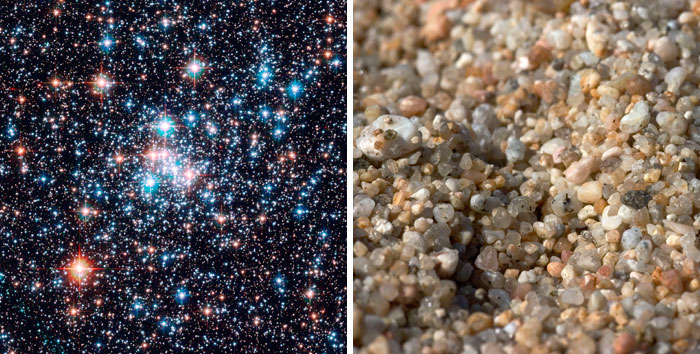
This means that there are much bigger stars than our sun out there. For example, here’s the Sun compared to VY Canis Majoris
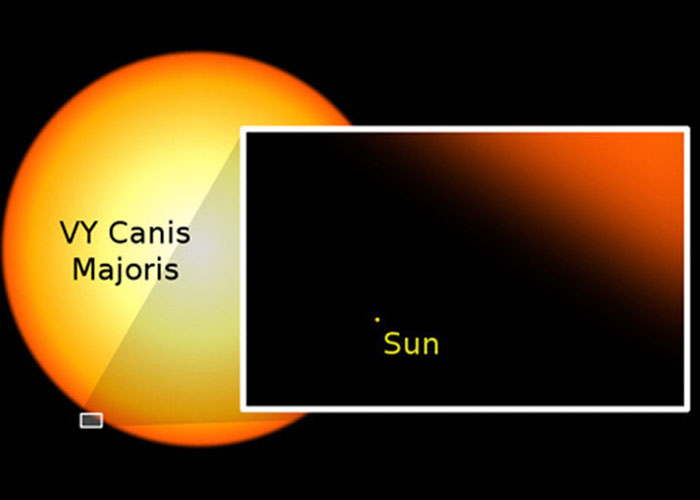
If we scaled the Sun down to the size of a white blood cell, the Milky Way would be the just as big as the continental United States
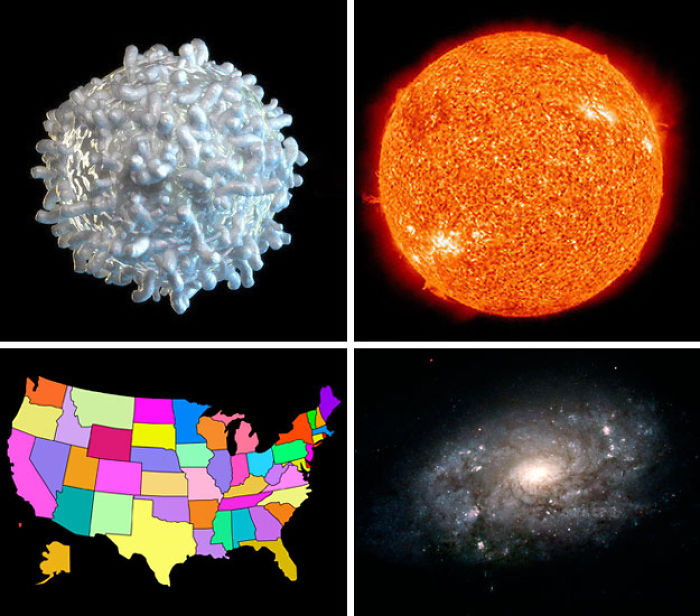
Earth doesn’t seem big anymore, does it?
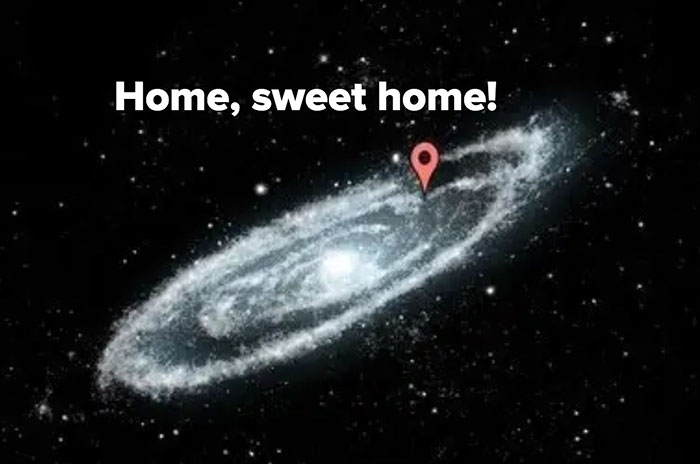
Looking up at the night sky, you can see thousands of stars and they’re just a fraction of the numerous stars in the universe.
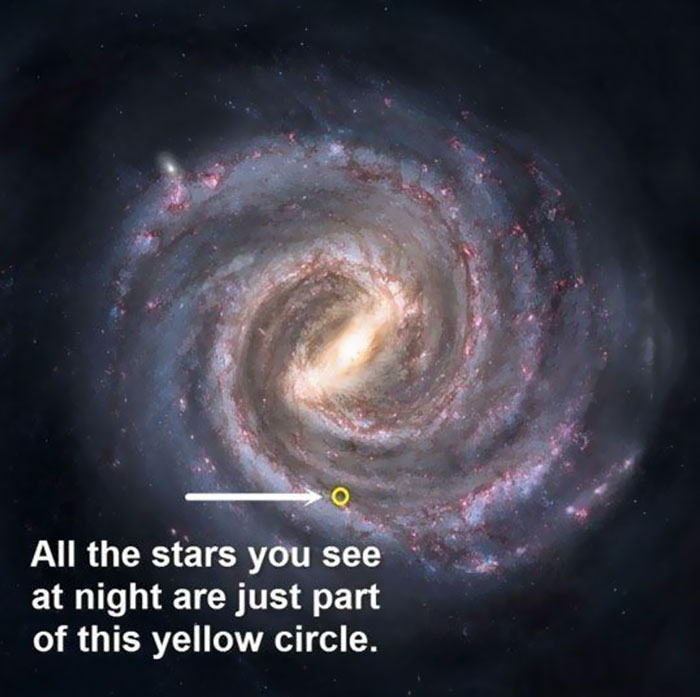
Just in case you thought Milky Way is huge, here’s how it looks next to IC 1101, located 1.04 billion light-years away.
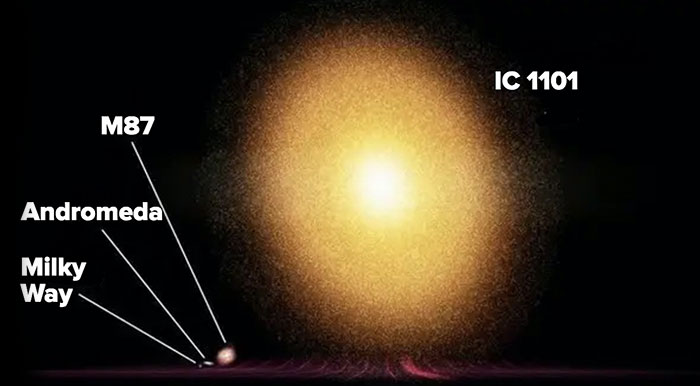
Here’s a photo of the thousands of galaxies around us taken by the Hubble Space Telescope.
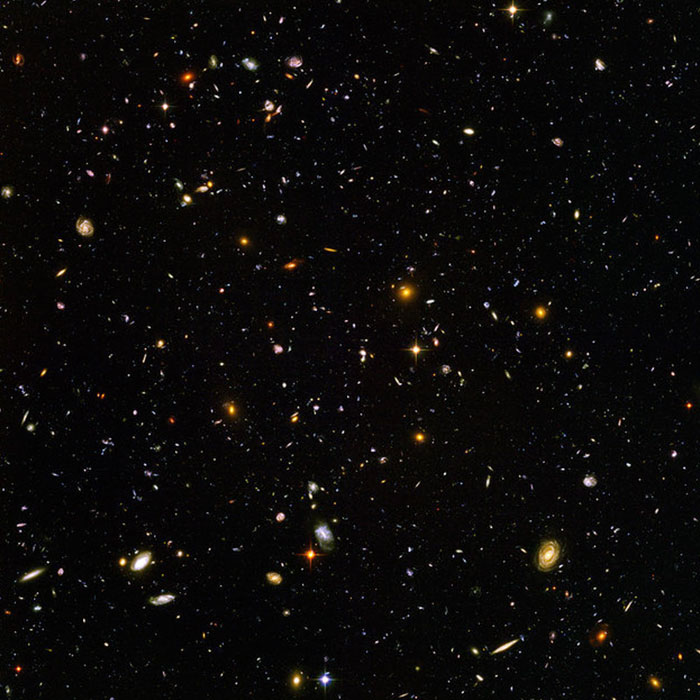
Most of them are so far away, we might never get to visit them. For example, UDF 423 is located 7.7 billion light-years away.
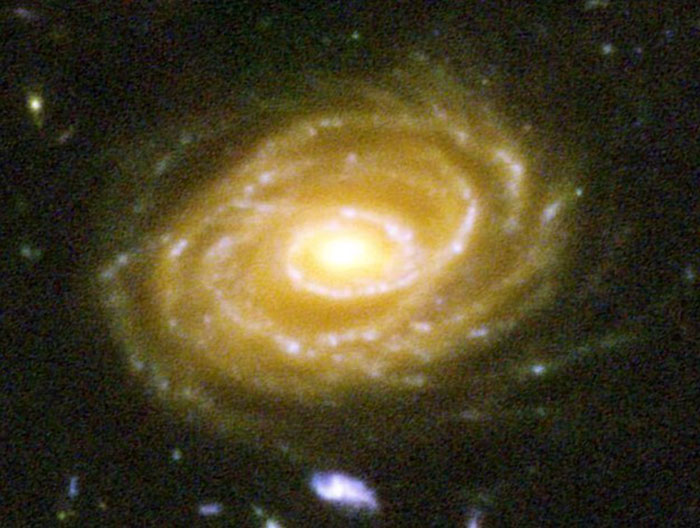
All of the stars in the night sky are just a tiny part of the whole universe.
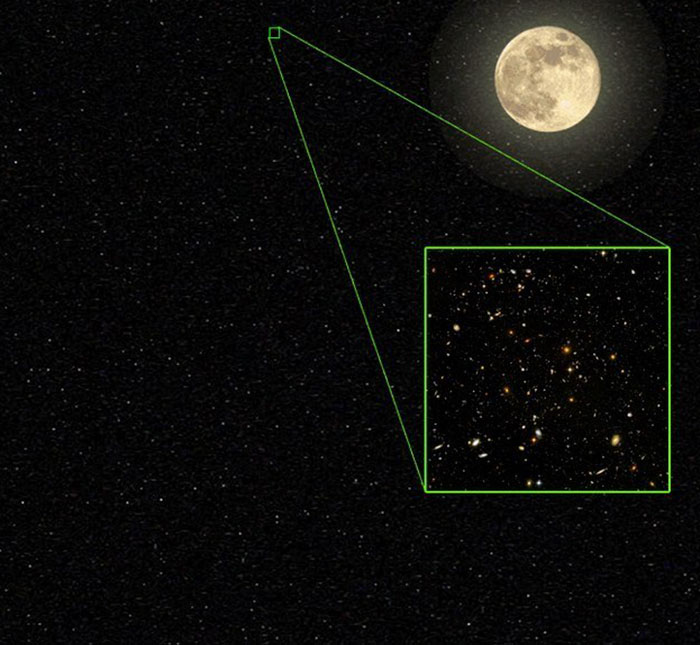
And one last thing – black holes. Here’s how one looks compared to Earth’s orbit – now that’s pretty terrifying
